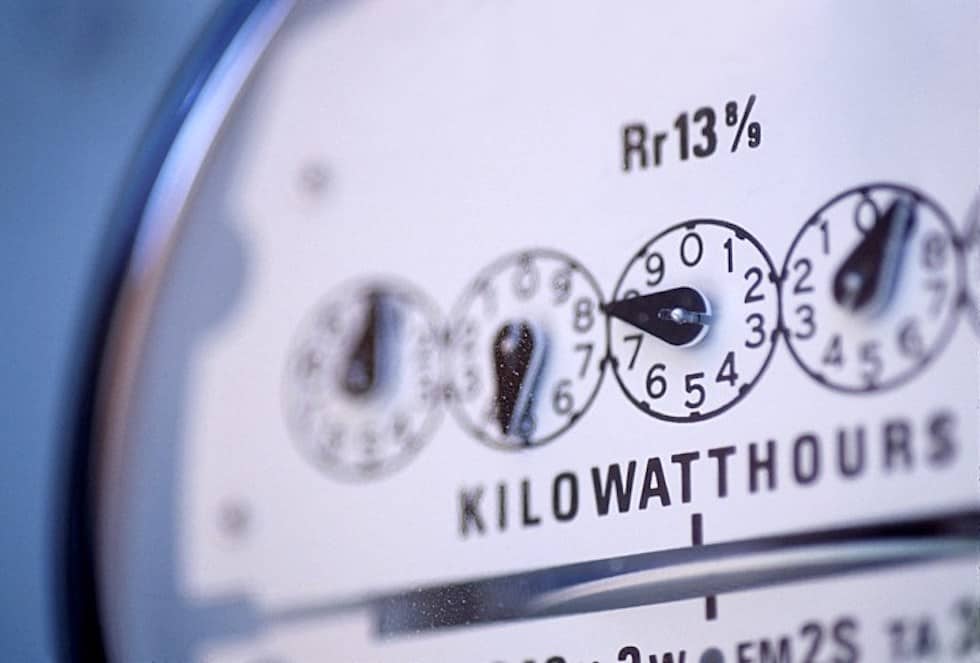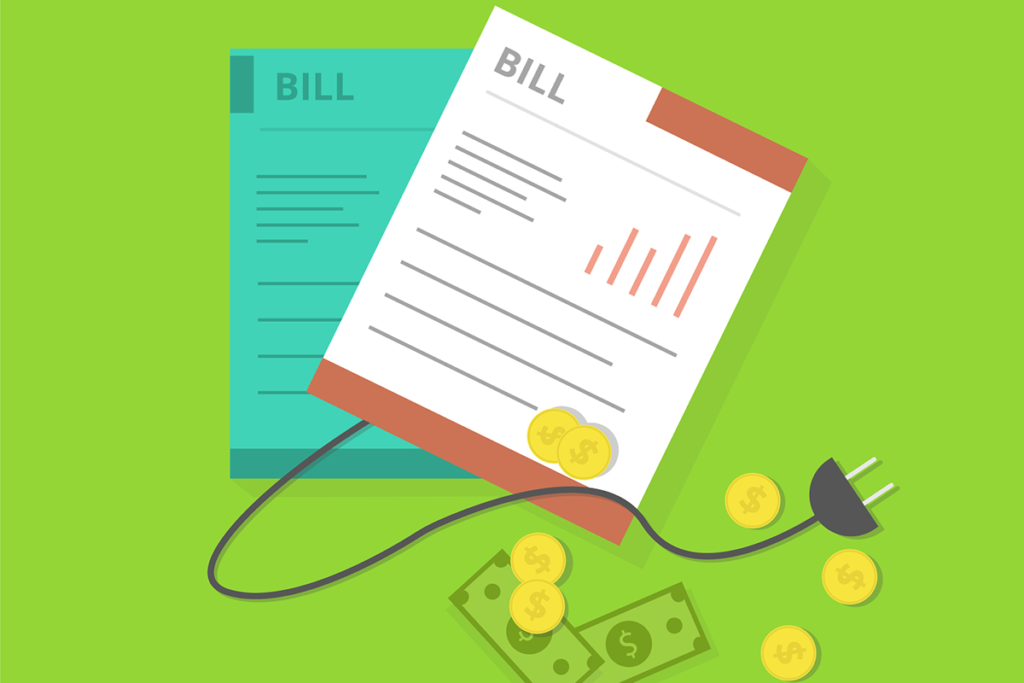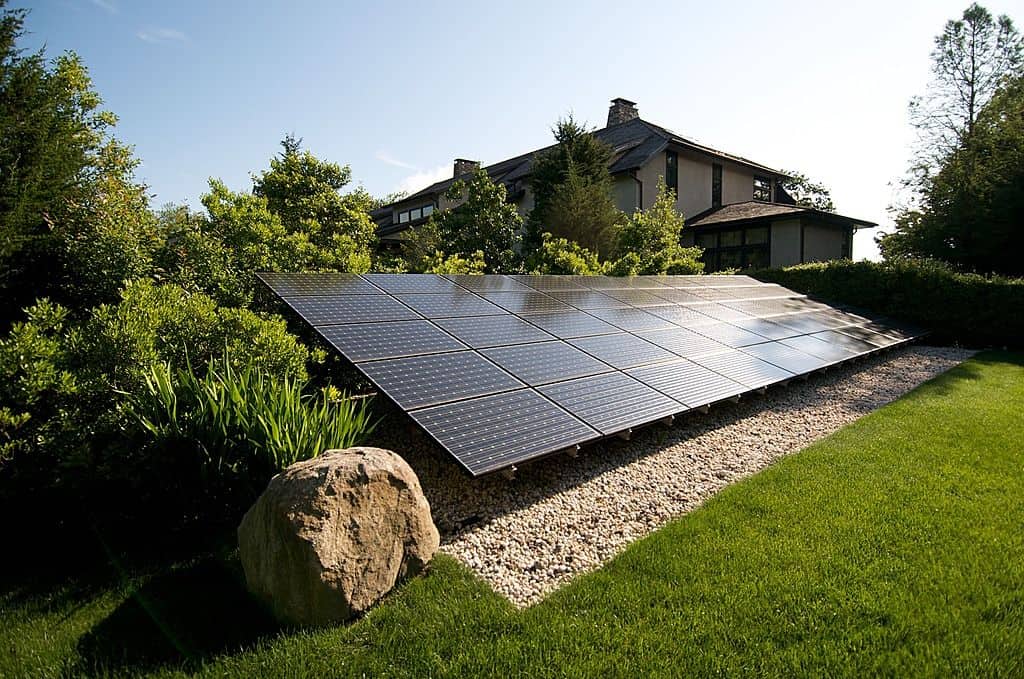
In today’s world, energy consumption and costs play a significant role in our daily lives. To better manage energy consumption, utility companies have introduced variable rate pricing structures like Time-of-Use (TOU) billing. TOU rates are energy prices that change based on the time of day and the day of the week, providing a flexible pricing model that helps consumers manage their energy consumption and reduce costs. These structures aim to incentivize customers to consume energy during low-cost electricity generation times and discourage consumption during high-cost times.
What are Time-of-Use (TOU) Rates?
TOU rates belong to a category of rate structures that vary electricity prices throughout the day. The rates are set based on the time of day and day of the week, and they vary depending on the amount of energy being consumed. When electricity generation and demand are low (e.g. midnight), the rate is low. When both are high (e.g. summer afternoon), the rate is higher. TOU rates can vary by season, day of the week, and multiple periods in a day.
Electrical Grid Supply and Demand
The idea behind TOU rates is to encourage customers to use energy during off-peak hours when demand is lower, which reduces the strain on the energy grid and helps keep costs down for everyone. TOU helps align consumers’ costs with the actual cost of electricity production and incentivises them to adjust their power consumption habits to lower their overall electric bill.
How do TOU Rates Work?
TOU rates are divided into three different pricing periods: off-peak, shoulder, and on-peak. Each pricing period has a different rate, and the rates change depending on the day of the week and the time of day.
- Off-peak: This is the lowest rate and is typically charged during the late night and early morning hours when energy demand is lowest.
- Shoulder: This rate is higher than the off-peak rate but lower than the on-peak rate. It is typically charged during the early morning and late afternoon when energy demand starts to increase.
- On-peak: This is the highest rate and is typically charged during the late afternoon and early evening when energy demand is at its highest.
Understanding Billing
Calculating a TOU bill is similar to a standard bill, but instead of a single rate, the amount of electricity consumed during specific hours is multiplied by the corresponding rate. Some customers may see savings, while others may face higher bills without changing usage habits.
Who Benefits from TOU Rates?
TOU rates can benefit both utility companies and consumers. For utility companies, TOU rates help reduce the strain on the energy grid and minimize the need for additional energy generation during peak hours. For consumers, TOU rates provide an opportunity to save money on their energy bills by using energy during off-peak hours when rates are lower.
How to Save Money with TOU Rates
Saving money with TOU rates is simple. To take advantage of TOU rates, you need to understand your energy usage patterns and adjust your energy consumption habits to align with the off-peak and shoulder rate periods. Here are some tips for reducing your energy costs:
- Shift your energy usage to off-peak and shoulder periods. For example, you can use energy-intensive appliances like washing machines, dishwashers, and dryers during the off-peak hours.
- Invest in energy-efficient appliances and lighting. Energy-efficient appliances and lighting can help you reduce energy consumption, even during on-peak hours.
- Monitor your energy consumption and adjust your usage habits. By monitoring your energy consumption, you can identify areas where you can make changes to reduce your costs.
Getting the Most Out of TOU
Using TOU rates to your advantage involves using appliances during low-cost electricity hours, investing in solar and energy storage, and shifting consumption habits. For example, running a dishwasher at 9 pm instead of 6 pm can save almost $15 annually. Along with many other benefits, home solar batteries allow you to maximize savings with automated energy management to offset high-cost middle-of-the-day electricity consumption.
Summary
TOU rates provide a flexible pricing model that helps manage energy consumption and reduce costs for both utility companies and consumers. By understanding your energy usage patterns and adjusting your habits to align with off-peak and shoulder rate periods, you can take advantage of TOU rates to save money on your energy bills. Choosing the right TOU rate plan and investing in energy-efficient appliances and lighting can also help reduce your energy costs. With TOU rates and renewable energy, we can work together to create a more sustainable and cost-effective energy future.




